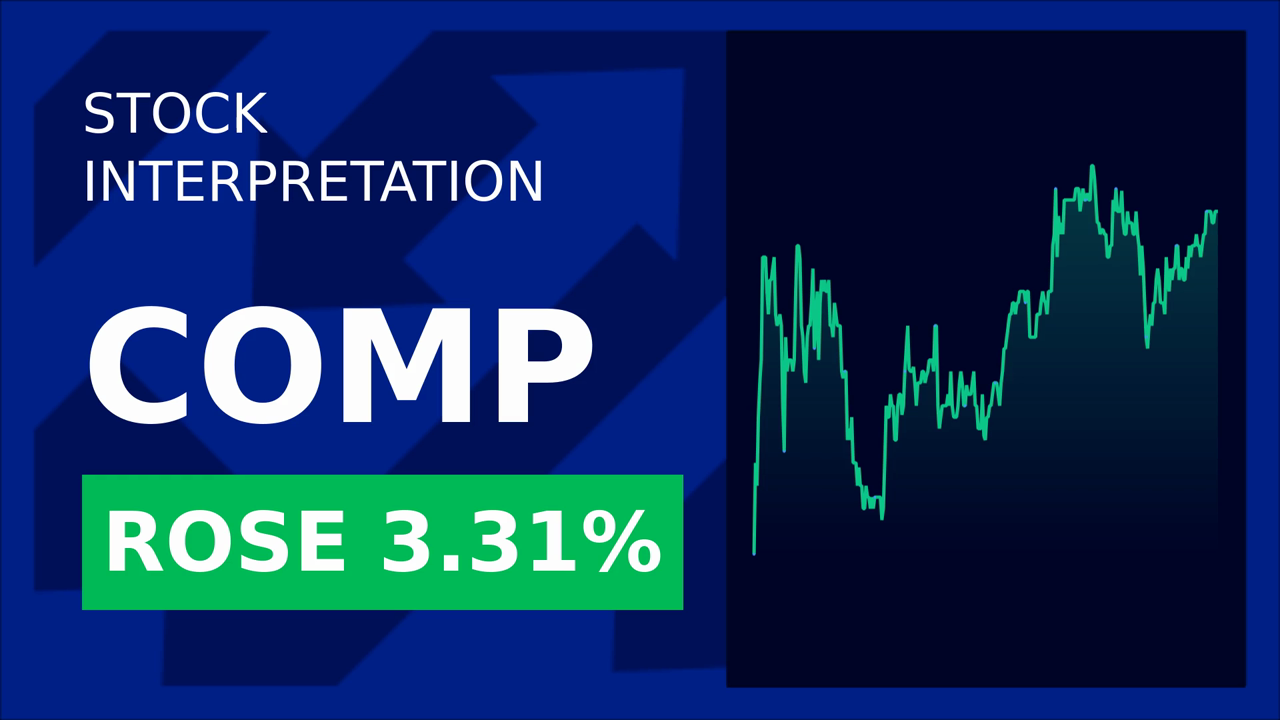Compass Minerals Navigates Stormy Waters in Q2: A Strategic Turnaround in the Making?
Compass Minerals International, Inc. (CMSS) has long been synonymous with the unglamorous yet vital business of salt production and agricultural nutrients. But its Q2 2025 results reveal a company undergoing a dramatic transformation—one that could position it for long-term resilience in volatile markets.

Earnings Overview: Growth Amid Growing Pains
Compass Minerals reported a 39% revenue surge to $494.6 million in Q2 2025, driven by soaring demand for highway deicing salt following severe winter storms and strong sales in its plant nutrition segment. However, the quarter also underscored the challenges of restructuring. While adjusted operating earnings fell to $54.8 million (down from $73.8 million in Q2 2024), this reflected $53 million in non-cash impairments tied to the discontinued Fortress fire retardant business. The company’s net loss of $32 million was partially offset by adjusted net earnings of $25.7 million, highlighting the impact of strategic divestitures.
Investors will scrutinize how Compass balances short-term pain with long-term gains. The stock, down roughly 15% year-to-date, has struggled to reflect the company’s operational progress amid market skepticism about its ability to stabilize.
The Back-to-Basics Strategy: A Cost-Cutting Masterclass
CEO Edward C. Dowling Jr. has prioritized inventory discipline, a move that has freed up $150 million in working capital by slashing salt stockpiles. North American highway deicing salt inventories dropped 47% in value and 59% in volume year-over-year, with depots fully depleted after winter demand. This aggressive approach, while increasing short-term production costs, aims to align supply with demand and reduce future unit costs.
The winddown of the Fortress North America business—a non-core fire retardant operation—has also been pivotal. Eliminating recurring losses and contingent liabilities, Compass reduced net debt by $170 million (18%) in Q2 alone. Management now focuses on its core salt and plant nutrition businesses, which accounted for 100% of Q2 revenue.
Segment Performance: Salt’s Sizzle vs. Fertilizer’s Slump
- Salt Business: Revenue soared to $432.7 million, fueled by a 47% jump in sales volumes as severe winter weather drove highway deicing demand. However, average prices fell 5% due to oversupply, while distribution costs dropped 7%. Adjusted EBITDA per ton fell 30% to $16.75, but management expects normalization as production ramps up.
- Plant Nutrition: Revenue rose 16% to $58.3 million, thanks to 26% volume growth in fertilizers. Yet pricing pressure—down 8%—and prior-year goodwill impairments kept adjusted EBITDA at $5.6 million, down from $7.3 million in Q2 2024.
The salt segment’s volume gains, however, overshadowed softness in fertilizers, where global oversupply continues to weigh on margins.
Risks and Roadblocks
1. Weather Dependency: Compass’s salt business remains hostage to winter severity. A mild winter in 2025-26 could derail sales, as 85% of highway deicing sales occur during winter months.
2. Fertilizer Market Volatility: Global oversupply and low crop prices are squeezing margins in plant nutrition.
3. Execution Risks: While debt reduction is progress, the company’s success hinges on achieving its $215–230 million Salt segment EBITDA target for FY2025—a 19% drop from prior guidance.
Conclusion: A Turnaround Worth Watching?
Compass Minerals is at a crossroads. Its Q2 results show a company willing to endure short-term pain for long-term health, with debt reduced and inventory optimized. The stock’s depressed valuation—trading at just 6.5x 2025E EBITDA—suggests investors are pricing in worst-case scenarios.
Key metrics to watch:
- Salt Inventory Levels: A 47% volume drop is progress, but overcorrection risks future supply shortages.
- Debt Paydown: The $170 million reduction in net debt positions the company for potential M&A or share buybacks.
- Salt Pricing: A 5% price decline in Q2 must reverse as oversupply eases.
While risks remain, Compass’s focus on discipline—cutting non-core assets, reducing leverage, and streamlining operations—aligns with a playbook that has worked for industrial peers. If management can stabilize margins and navigate the next winter, the stock could rebound sharply. For now, it’s a story of patience over panic—a bet on execution in a sector where fundamentals, not sentiment, ultimately rule.
Investors should monitor the company’s Q3 results, particularly its ability to sustain production efficiency and manage fertilizer pricing. With a $1.05 billion market cap, Compass Minerals isn’t a household name—but its strategic moves could make it a standout in an overlooked industry.










